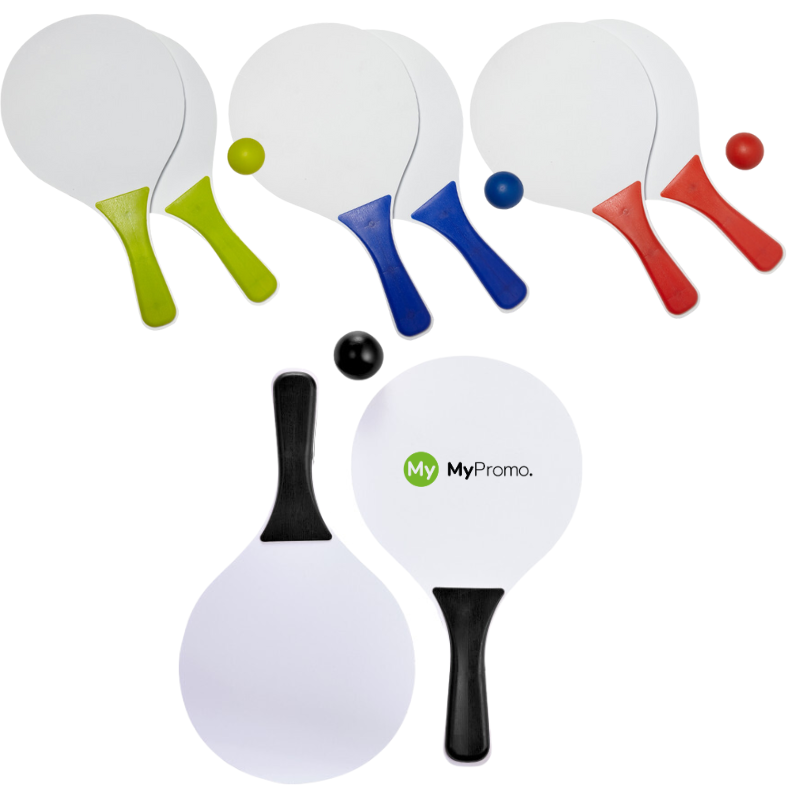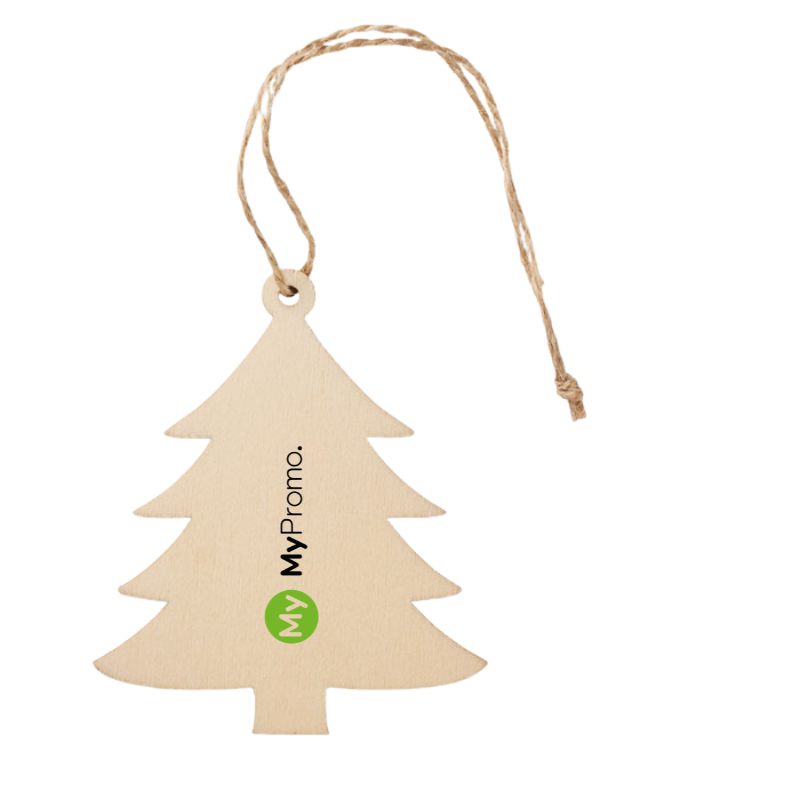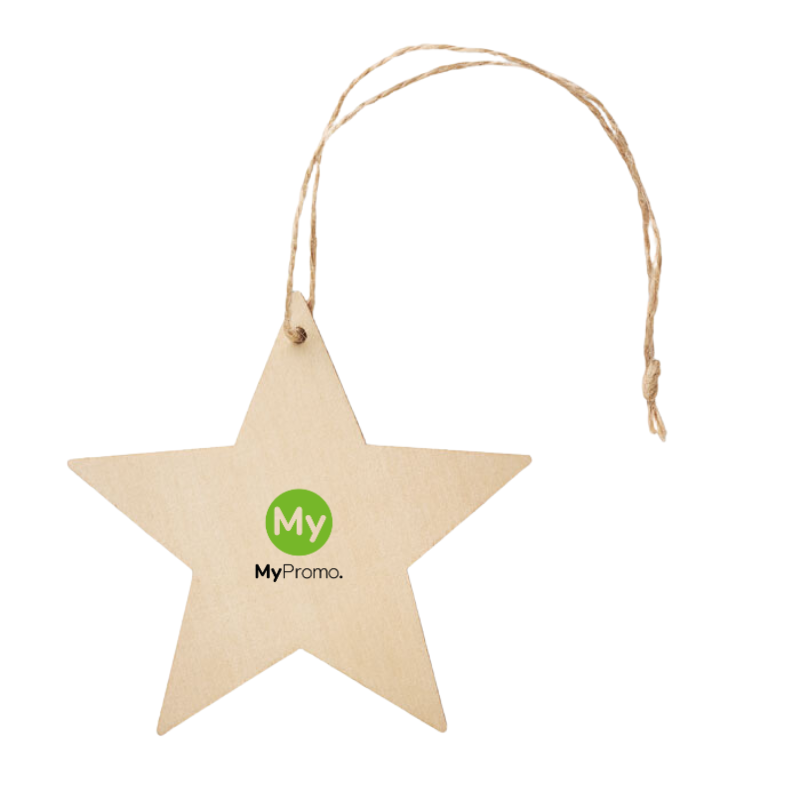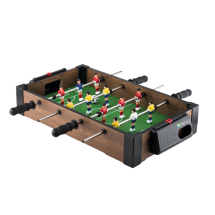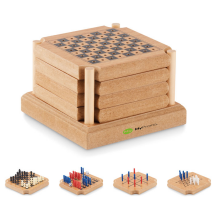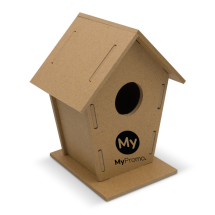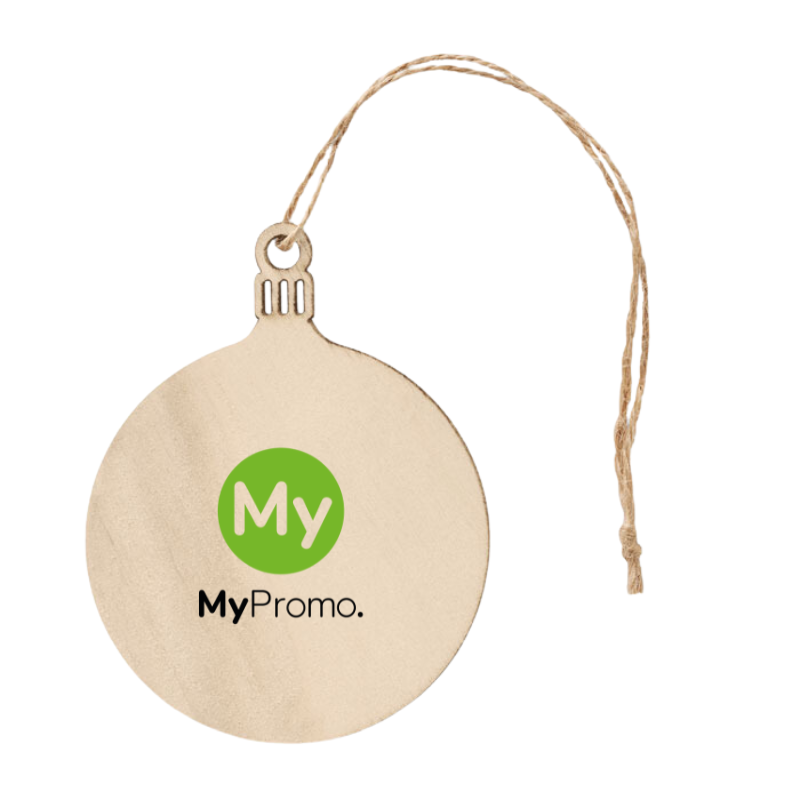MDF
What is MDF?
Medium-Density Fibreboard (MDF) is a versatile material widely used in manufacturing and promotional gifts. It is an engineered wood product made from wood fibres, wax, and resin, which are compressed and heated to form dense, stable panels. MDF's popularity stems from its smooth surface, uniform consistency, and ease of customisation, making it an excellent choice for various applications.
How MDF is Produced
The production of MDF starts with the collection of wood fibres, usually sourced from softwood trees. These fibres are cleaned and refined to ensure consistency. Next, they are mixed with resin and wax to create a homogeneous blend. This mixture is then formed into a mat, which is subjected to high pressure and temperature in a press. The result is a dense, durable panel that can be cut, shaped, and finished for various uses.
Common Applications and Examples
MDF is extensively used in furniture manufacturing, cabinetry, and shelving due to its strength and ease of customisation. In the world of promotional gifts, MDF shines as a versatile material for creating personalised items. Popular promotional products made from MDF include engraved plaques, custom coasters, decorative boxes, personalised keyrings, photo frames, and personalised desk organisers. Its smooth surface allows for high-quality printing and engraving, making it perfect for branding and personalisation. These MDF products not only serve as practical items but also as memorable keepsakes that effectively promote brands and messages.
Advantages of Using MDF
One of the main advantages of MDF is its cost-effectiveness. It provides a cheaper alternative to solid wood while maintaining a high-quality finish. MDF's uniformity eliminates the imperfections found in natural wood, resulting in a more consistent product. It is also environmentally friendly, as it utilises wood fibres that might otherwise go to waste. The versatility of MDF makes it suitable for a wide range of applications, from intricate decorative items to robust furniture pieces.
Comparing MDF with Other Materials
Compared to plywood, MDF has a smoother surface and is easier to machine, making it preferable for detailed work. While plywood is stronger and better suited for heavy load-bearing applications, MDF is ideal for fine finishes and detailed customisations. Solid wood, on the other hand, offers natural beauty and strength but comes at a higher cost and is prone to warping. MDF provides a more stable and affordable alternative with excellent aesthetic potential.
Properties of MDF
| Property | Description |
|---|---|
| Density | Medium-density |
| Surface Finish | Smooth, ideal for painting/laminating |
| Stability | Low expansion/contraction |
| Machinability | Easy to cut and shape |
| Environmental Impact | Utilises wood fibres efficiently |
What is MDF made of?
MDF is made from wood fibres, resin, and wax, which are compressed and heated to form a dense, uniform panel.
What are the main uses of MDF?
MDF is commonly used in furniture making, cabinetry, shelving, and personalised promotional items due to its smooth surface and ease of customisation.
How does MDF compare to plywood?
MDF has a smoother surface and is easier to machine than plywood, making it ideal for detailed work. However, plywood is stronger and better for heavy-duty applications.
Is MDF environmentally friendly?
Yes, MDF is considered environmentally friendly because it uses wood fibres that might otherwise be discarded, promoting efficient use of resources.
Can MDF be used outdoors?
MDF is not recommended for outdoor use as it is prone to water damage and swelling in high moisture environments. It is best suited for indoor applications.
